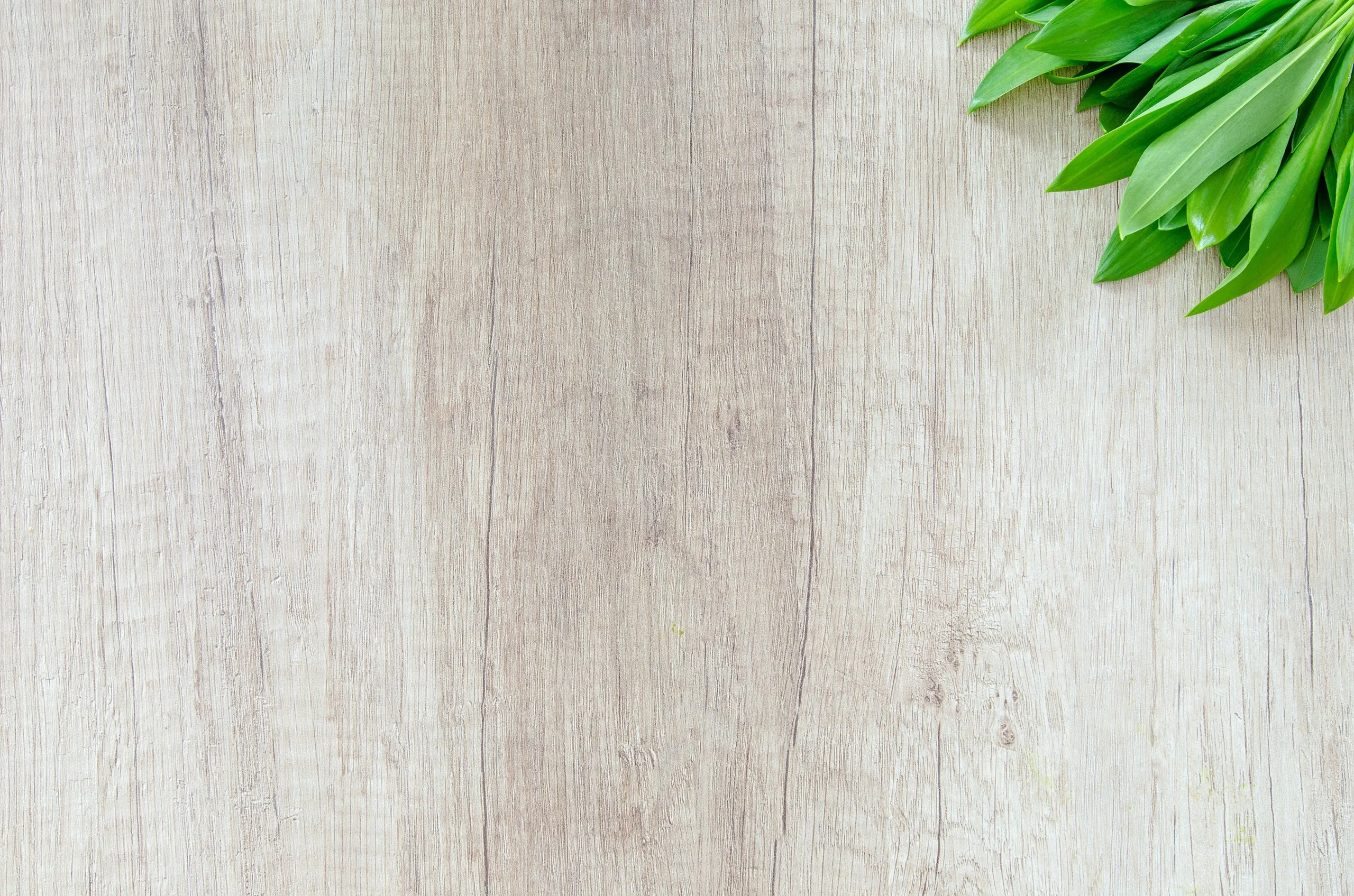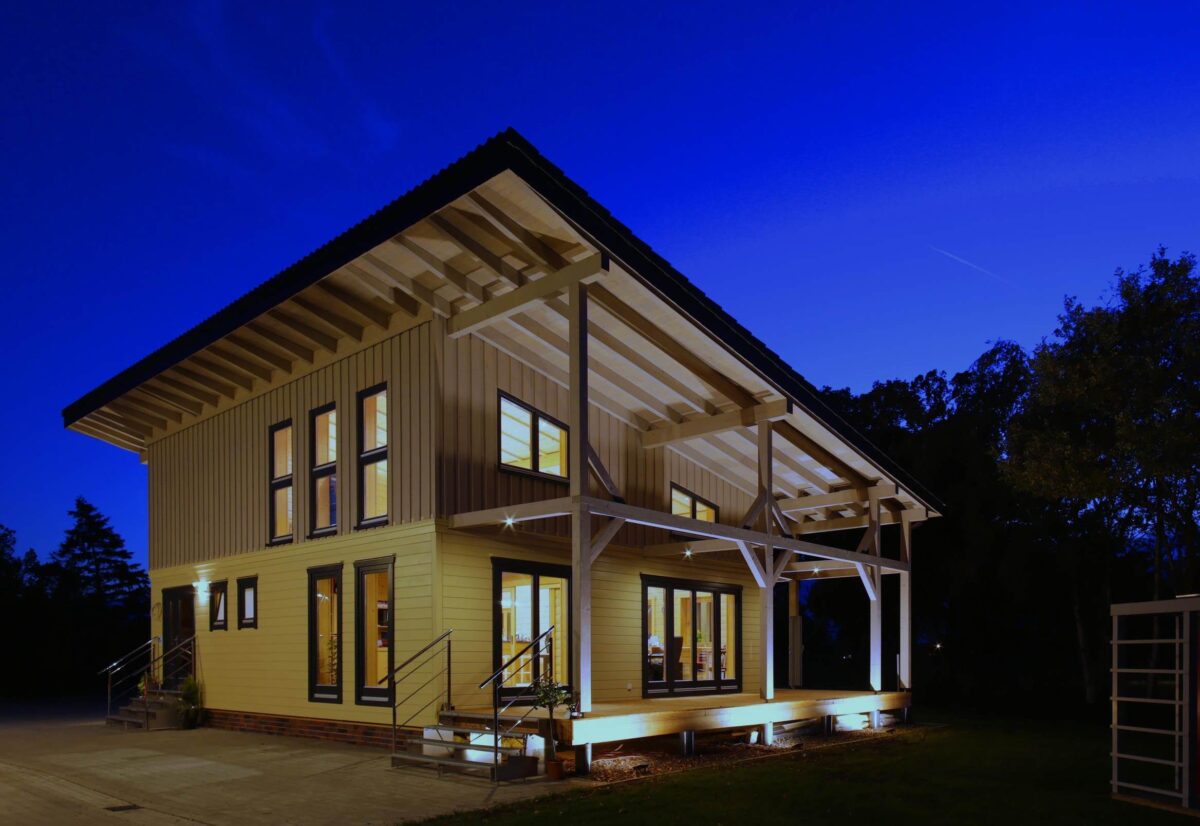

Can I live in a log cabin permanently?
Log cabins have many advantages. They are quickly built, are cheaper than brick buildings, and are definitely more mobile. For this reason, many people wonder whether it is possible to live in such a house all year round. Is it possible? What is the best use of a log cabin?
Can I live in a wooden log cabin – is that even allowed?
The construction of a log cabin usually does not require a permit. For this reason, such structures are used in gardens as a complement to standard brick buildings. Then they act as an additional storage room, a place where you can meet friends, as well as a space to pursue your hobbies.
However, if you want to live in a log cabin, you need to obtain the necessary permits. In the UK, this involves applying for planning permission as living in a garden building does not fall under Permitted Development. Additionally, the log cabin must meet building regulations, which include standards for fire safety, insulation, waterproofing, and energy efficiency.
In each country, the formalities look slightly different. They also vary depending on the region where the wooden structure is to be built. For this reason, before ordering a log cabin, it is advisable to visit your local authority and ask what permits you will need to live in such a house. There are a number of factors that determine what formalities you have to complete. These include e.g.:
-the living area of the log cabin,
-the location of the facility,
-the number of rooms in the log cabin – e.g. in the UK, any log cabin intended for living purposes must comply with building regulations and requires planning permission if it includes sleeping accommodation, a bathroom, or a kitchen,
-the purpose of the log cabin,
-local requirements and regulations.
In the UK, if the log cabin is over 30 square metres, building regulations will apply. Similarly, if it includes sleeping accommodation or is used as a self-contained living space, it must meet building regulations regardless of size. Additionally, installing utilities like electricity and plumbing must comply with specific safety standards.
Residential log cabins
If you already have the permit needed to build a residential log cabin, you can start looking for your dream structure. Small structures used as storage rooms or closed gazebos are different from those in which you can live. As Bertsch Holzbau, we offer a wide selection of residential log cabins that:
- are larger than cottages used typically for recreation purposes – so that you can live in them comfortably with your whole family
- are built in two systems: as profile and frame houses
- offer customisation options for windows, doors, roof types and wall thicknesses (58mm, 70mm, 94mm, 112mm)
- can be comprehensively personalised by the customer – from the living area of the house through the number of windows, doors to the system in which it is to be built

Furnishing of log cabins
In order to live in a log cabin all year round, it must be furnished with many elements needed for normal life. In such buildings, there is space for a kitchen and a bathroom. Utilities needed to power electrical devices, lighting or heating systems are also provided.
In log cabins, you can create as many bedrooms as you wish. For this reason, it is a great choice for both singles and couples or families with children. The only limitation is the living area of the house. Usually, the furnishing of such log cabins is planned together with the customer, so you can adjust the type of rooms, their size and layout to the individual needs of future residents.
The log cabin must contain all the appliances and furniture that are also used in standard brick buildings. This is because such structures must allow for comfortable living. They cannot differ in functionality from classic houses. The only difference between log and brick buildings should be the cosy and friendly atmosphere provided by natural wood.
Insulation, electricity
The insulation of wooden houses varies depending on the design and customer needs. Various materials and working technologies are used to protect such objects against excessive heat loss. Some of them can be applied earlier, even before the structure is installed on the customer’s plot. Then the building is delivered ready to use and does not need additional insulation.
It is also possible to order additional insulation. It is very important – without proper insulation you will not be able to live in a log cabin in winter. Moreover, in some countries, thermal insulation is required regardless of the technology used to build the house.
Size of the log cabin
The log cabin you plan to live in all year round must be larger than the one that complements the brick building. There should be space for a bathroom, kitchen, living room, and bedroom (or two or even three). For this reason, such log cabins are usually over 30 m2 in size. In such an area, you can fit all the rooms mentioned – just like in small apartments in a block of flats.
Before building a log cabin
it is worth checking what local regulations say about its size. In some places, the erection of buildings exceeding a certain size requires additional formalities.
Living in a log cabin in the garden
The most important advantages of living in a log cabin in the garden are:
- coherence with the environment – wooden log cabins blend into their surroundings, thus creating harmony with nature,
- ecology – wood is a natural and ecological material, which makes such houses environmentally friendly,
- suitable microclimate – wood can regulate air humidity, thus promoting the creation of a healthy microclimate inside the cabin,
- aesthetics – log cabins have a unique, rustic look, which many people find very attractive,
- fast construction – the construction of log cabin is much faster compared to e.g. the brick method.
Log cabins also have several disadvantages:
- cost – building a log cabin may be more expensive compared to other types of construction,
- need for maintenance – wood requires regular maintenance to prevent damage caused by moisture, insects or UV radiation,
- fire hazard – wooden houses are more exposed to fire than those made of non-combustible materials. For this reason, it is so important to protect them properly,
- structural limitations – log cabin designs may have some structural limitations compared to brick ones,
- need to obtain permits – in some countries you can live in a log cabin only after having obtained specific permits. It also happens that for structures with a bathroom and a bedroom, a permit is required even if you do not plan to live in them permanently.
Conclusion
Log structures are a great alternative to brick buildings. If designed in the right way, they can become your home for the whole year. However, before ordering such a facility, it is worth checking local regulations and obtaining permits (where required). It is also a good idea to use the help of specialists when designing your dream log cabin, which will in any way be worse than a standard building.





